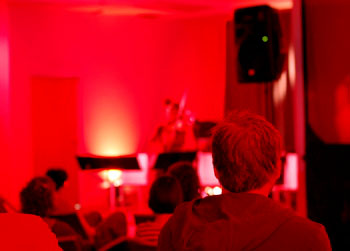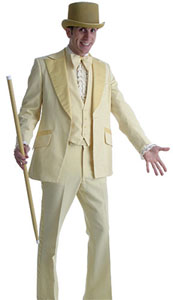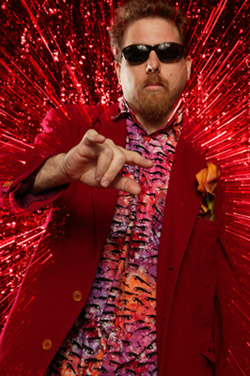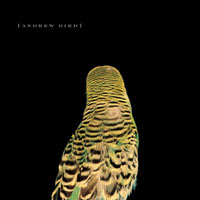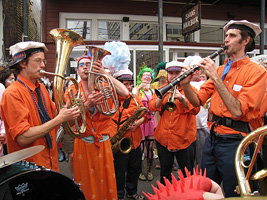I want to take some of the issues in my last post a little further, particularly jumping off a comment left by friend and colleague Ian Moss. He writes:
To me, that freedom is the stereotype. No matter what, you’re going to hear stuff that you don’t hear every day, and that isn’t limited by someone else’s idea of what music is supposed to be. That’s not very specific, but I think it captures the creative impulse that is shared by those who call themselves composers.
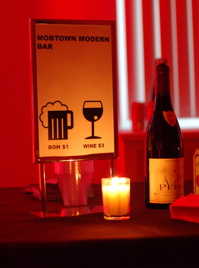
And in response I am moved to write, “Exactly!” Many people (Hi, mom!) say they want music to comfort them, to keep them company in their day-to-day life. It’s the sort of music you find on the radio, even if it’s the intellectual hits on All Songs Considered. But for the subset seeking “new” music–that “unlimited” music we’re talking about here–that audience tends to be conversely very open to a wide range of sound, stylistically speaking. But for their patronage and support, how can we do better by them?
Brian and I have been having a lot of car-ride conversations about this issue as he gets a music series up and running here in Baltimore at the Contemporary Museum. Maybe it’s the city or the venue, but this is not an academic exercise. “Quirky” is actually the new music box it’s tough to stay out of in this town. So we’ve spent a lot of time talking about ways to build up the trust of a new audience base. How do you get to the point that you can really stretch out as far as you like as a curator without anyone getting nervous? This means the focus has to be on consistently delivering quality, not a gimmick.
And at points, the discussions have been as basic as: Should we have a lighting designer come in? Should there be snacks? What should we wear? These are not frivolous decisions, because I would argue that it does play into the music you’ll be able to present and the distance you’ll be able to take your audience with you. It’s the same as saying, “Let’s respect ourselves and all our massive amounts of training enough to do this well, right down to the last detail.” You may be focused on the repertoire, but your audience is taking in the entire event.

